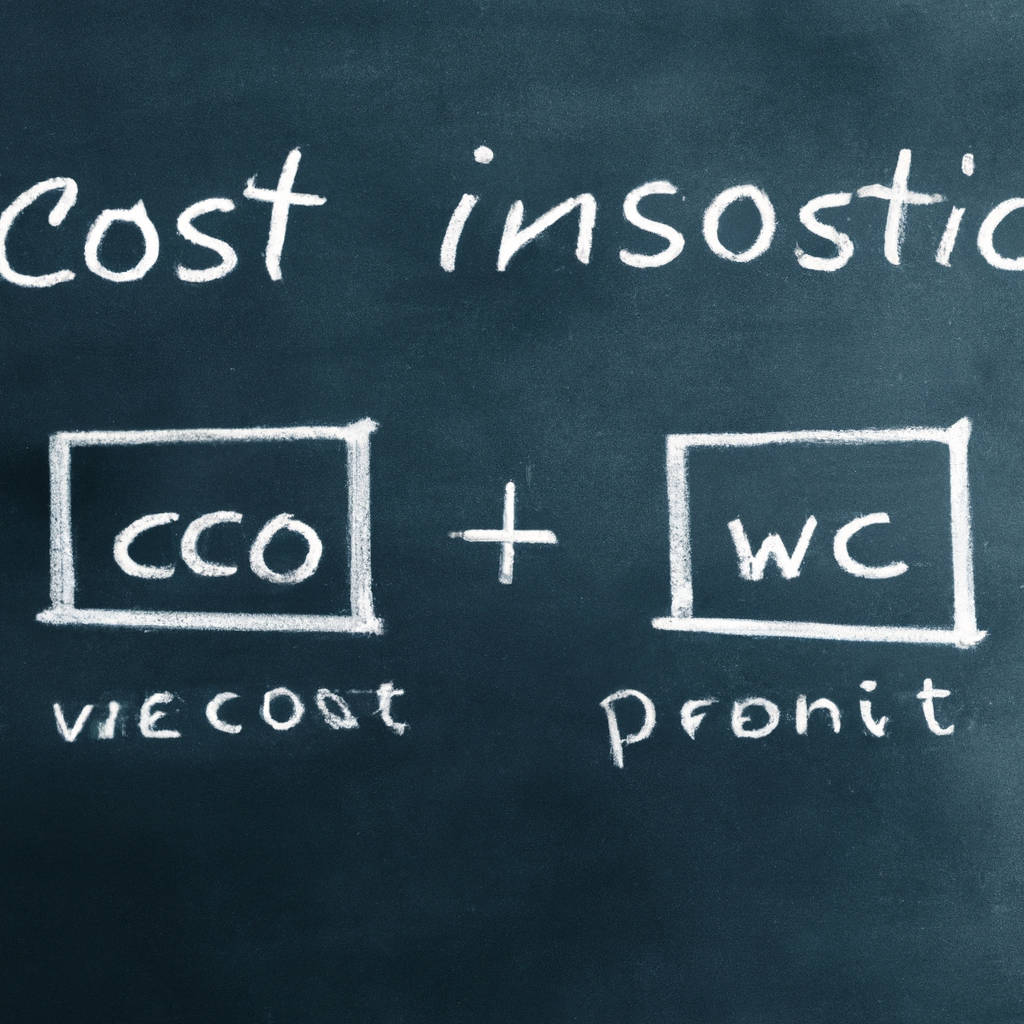Introduction: Overview of WordPress and Joomla
WordPress and Joomla are two popular content management systems (CMS) that are used by millions of websites around the world. WordPress is known for its user-friendly interface and extensive library of themes and plugins, making it a popular choice for bloggers, small businesses, and large organizations alike.
Joomla, on the other hand, is a more robust and complex CMS that is favored by developers and larger organizations looking for more customization options and advanced features. Both platforms have their strengths and weaknesses, and the choice between the two ultimately depends on the specific needs and goals of the website owner.
WordPress is often considered the more beginner-friendly option of the two, with its intuitive dashboard and simple drag-and-drop editor making it easy for even those with little technical experience to create a professional-looking website. It also has a vast community of users and developers who contribute to its extensive library of themes and plugins, allowing users to easily customize their site to fit their needs.
Joomla, on the other hand, offers more advanced customization options and features, making it a popular choice for developers and larger organizations looking for a more robust CMS. With its powerful user management system and built-in multilingual support, Joomla is often used for websites that require more complex functionality.
When it comes to security, both WordPress and Joomla take the protection of their users’ data seriously. Both platforms regularly release updates and security patches to address any vulnerabilities that may arise, and both have strong communities of developers who actively work to keep the platforms secure. However, like any CMS, WordPress and Joomla are not immune to security threats, and users are encouraged to take precautions such as using strong passwords, keeping their software up to date, and using security plugins to protect their site.
In terms of scalability, both WordPress and Joomla are capable of handling websites of all sizes. WordPress is often used for smaller websites and blogs, but it is also capable of supporting larger, more complex sites with the use of plugins and customizations.
Joomla, on the other hand, is known for its scalability and ability to handle large, enterprise-level websites with ease. With its advanced user management system and powerful content organization features, Joomla is often the preferred choice for organizations looking to build complex websites with multiple users and content contributors.
In conclusion, both WordPress and Joomla are powerful and versatile content management systems that have their own strengths and weaknesses. WordPress is the more user-friendly option, with a vast library of themes and plugins that make it easy for beginners to create a professional-looking website.
Joomla, on the other hand, offers more advanced customization options and features, making it a popular choice for developers and larger organizations looking for a more robust CMS. Ultimately, the choice between WordPress and Joomla comes down to the specific needs and goals of the website owner, and both platforms offer a solid foundation for building a successful online presence.

User Interface and Ease of Use: Comparing the User-Friendliness of Both Platforms
When comparing user interfaces and ease of use between two platforms, it is important to consider various factors that contribute to the overall user experience. User interface refers to the visual elements and layout of a platform, while ease of use pertains to how easily a user can navigate and interact with the platform. Both of these aspects play a crucial role in determining the user-friendliness of a platform.
For example, a platform with a clean and intuitive user interface will likely be more user-friendly compared to one with a cluttered and confusing layout. Similarly, a platform that offers clear instructions and easy-to-use features will be more user-friendly than one that is difficult to navigate and understand. Ultimately, the goal of both user interface and ease of use is to create a seamless and enjoyable experience for the user. By comparing the user-friendliness of both platforms, users can make informed decisions about which platform best suits their needs and preferences.
Additionally, feedback from users can help developers improve the user interface and ease of use of their platforms, ultimately leading to a more satisfying user experience. In conclusion, user interface and ease of use are essential components of creating a user-friendly platform, and comparing these aspects can help users make informed decisions and developers improve their platforms.
Performance and Speed: Analyzing the Speed and Efficiency of WordPress and Joomla Websites
When it comes to website performance and speed, analyzing the efficiency of WordPress and Joomla websites can provide valuable insights for website owners and developers. Both platforms have their own strengths and weaknesses when it comes to performance optimization. WordPress, being the more popular choice among users, offers a wide range of plugins and themes that can enhance the speed and efficiency of a website.
However, the abundance of plugins can also lead to bloated code and slow loading times if not properly optimized. On the other hand, Joomla is known for its robust security features and flexibility, but may require more technical expertise to fully optimize for speed. By conducting performance tests and analyzing key metrics such as page load times, server response times, and overall website speed, website owners can identify areas for improvement and make necessary adjustments to enhance the user experience.
Additionally, implementing best practices such as optimizing images, leveraging browser caching, and minimizing HTTP requests can further improve the speed and efficiency of both WordPress and Joomla websites. Ultimately, by continuously monitoring and analyzing website performance, website owners can ensure that their websites are running smoothly and efficiently, providing a positive user experience for visitors.

Flexibility and Customization: Assessing the Extent to Which Each Platform Allows for Tailoring Websites
Flexibility and customization are key factors to consider when assessing the extent to which each platform allows for tailoring websites. Some platforms offer a wide range of customization options, allowing users to create unique and personalized websites that reflect their brand and vision. These platforms often provide users with the ability to customize everything from the layout and design to the color scheme and fonts used on their site.
This level of flexibility can be particularly beneficial for businesses looking to create a professional and cohesive online presence. On the other hand, some platforms may have limitations when it comes to customization, restricting users to pre-designed templates and limited options for personalization. While these platforms may be easier to use for beginners, they may not offer the same level of flexibility and control as more customizable options.
Ultimately, the extent to which each platform allows for tailoring websites will depend on the specific needs and preferences of the user. It is important for individuals and businesses to carefully assess their requirements and goals before choosing a platform, ensuring that they select one that offers the level of flexibility and customization needed to create a website that meets their unique needs. By doing so, they can ensure that their website accurately represents their brand and effectively communicates their message to their target audience.
Security: Evaluating the Security Measures and Vulnerabilities of Each Platform
In today’s digital age, security is a top concern for individuals and organizations alike. Evaluating the security measures and vulnerabilities of each platform is crucial in order to protect sensitive information and prevent cyber attacks. Each platform, whether it be a website, application, or network, has its own unique set of security measures in place to safeguard against potential threats.
However, it is important to continuously assess and update these measures to stay ahead of cyber criminals who are constantly evolving their tactics. By conducting regular security audits and penetration testing, organizations can identify vulnerabilities and weaknesses in their systems and take steps to address them before they can be exploited.
Additionally, implementing strong encryption protocols, access controls, and monitoring systems can help to mitigate the risk of unauthorized access and data breaches. It is also essential for users to practice good cyber hygiene by using strong, unique passwords, enabling two-factor authentication, and being cautious of phishing attempts. Ultimately, by staying informed and proactive in evaluating and enhancing the security measures of each platform, individuals and organizations can better protect themselves and their sensitive information from potential threats.

Community and Support: Examining the Availability of Resources and Assistance for Users
Community and support are essential components in ensuring that individuals have access to the resources and assistance they need. In examining the availability of these resources, it is important to consider the various ways in which individuals can receive help and guidance. From community centers to online forums, there are a multitude of options for users to turn to when they are in need of support.
These resources can provide individuals with information, advice, and emotional support in times of difficulty. Additionally, community and support networks can help individuals navigate complex systems and processes, such as healthcare or social services. By having access to these resources, individuals can feel more empowered and confident in seeking help when they need it.
One of the key benefits of community and support networks is the sense of belonging and connection that they can provide. When individuals feel supported and valued by their community, they are more likely to seek help when they need it. This sense of belonging can also help to reduce feelings of isolation and loneliness, which are common experiences for many individuals.
Additionally, community and support networks can help individuals build relationships and connections with others who may have similar experiences or challenges. This can foster a sense of solidarity and understanding among users, creating a supportive and inclusive environment for all.
In conclusion, community and support networks play a crucial role in providing individuals with the resources and assistance they need. By examining the availability of these resources, we can better understand how to support individuals in accessing the help they need.
From community centers to online forums, there are a multitude of options for users to turn to when they are in need of support. By fostering a sense of belonging and connection, these networks can help individuals feel empowered and confident in seeking help when they need it. Ultimately, community and support networks are essential in creating a supportive and inclusive environment for all individuals.
Cost: Considering the Expenses Associated with WordPress and Joomla
When it comes to choosing between WordPress and Joomla for building a website, one of the key factors to consider is the cost associated with each platform. While both WordPress and Joomla are open-source software, there are still expenses that users may encounter. WordPress, for example, offers a free version that includes basic features and functionality.
However, users may need to pay for additional features, themes, and plugins to enhance their website. On the other hand, Joomla also offers a free version, but users may need to pay for premium extensions and templates to customize their site. Additionally, users may need to consider the cost of web hosting, domain registration, and SSL certificates when using either platform.
In general, WordPress tends to be more cost-effective for beginners and small businesses, as it offers a wider range of free plugins and themes. However, Joomla may be a better option for larger websites with more complex needs, as it offers more advanced features out of the box. Ultimately, the cost of using WordPress or Joomla will depend on the specific needs and budget of the user. It is important for users to carefully consider the expenses associated with each platform before making a decision.

Conclusion: Determining Which Platform Suits Your Needs and Preferences
When it comes to choosing the right platform for your needs and preferences, it’s important to consider a variety of factors. First and foremost, think about your personal goals and objectives. Are you looking for a platform that offers a wide range of features and customization options, or are you more interested in simplicity and ease of use? Consider your level of technical expertise as well – some platforms may require more technical know-how than others.
Additionally, think about your budget and how much you’re willing to invest in a platform. Some platforms may offer more advanced features but come with a higher price tag. It’s also important to consider the specific needs of your business or project. For example, if you’re looking to sell products online, you’ll want to choose a platform that supports e-commerce functionality.
Ultimately, the best platform for you will be one that aligns with your goals, preferences, and budget. Take the time to research and compare different options, and don’t be afraid to seek out advice from others who have experience with different platforms. By carefully considering these factors, you can make an informed decision and choose a platform that will help you achieve your goals and preferences.
